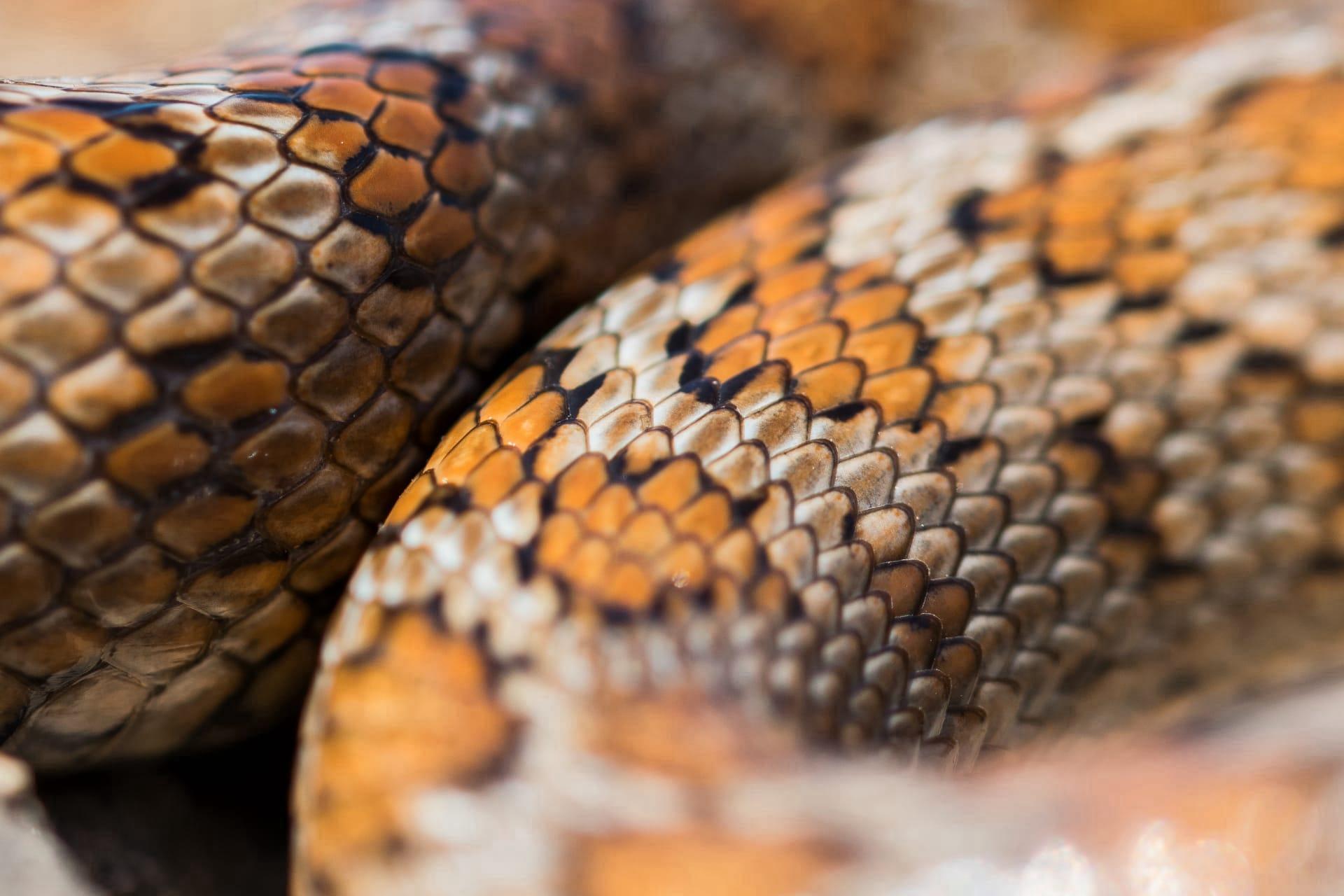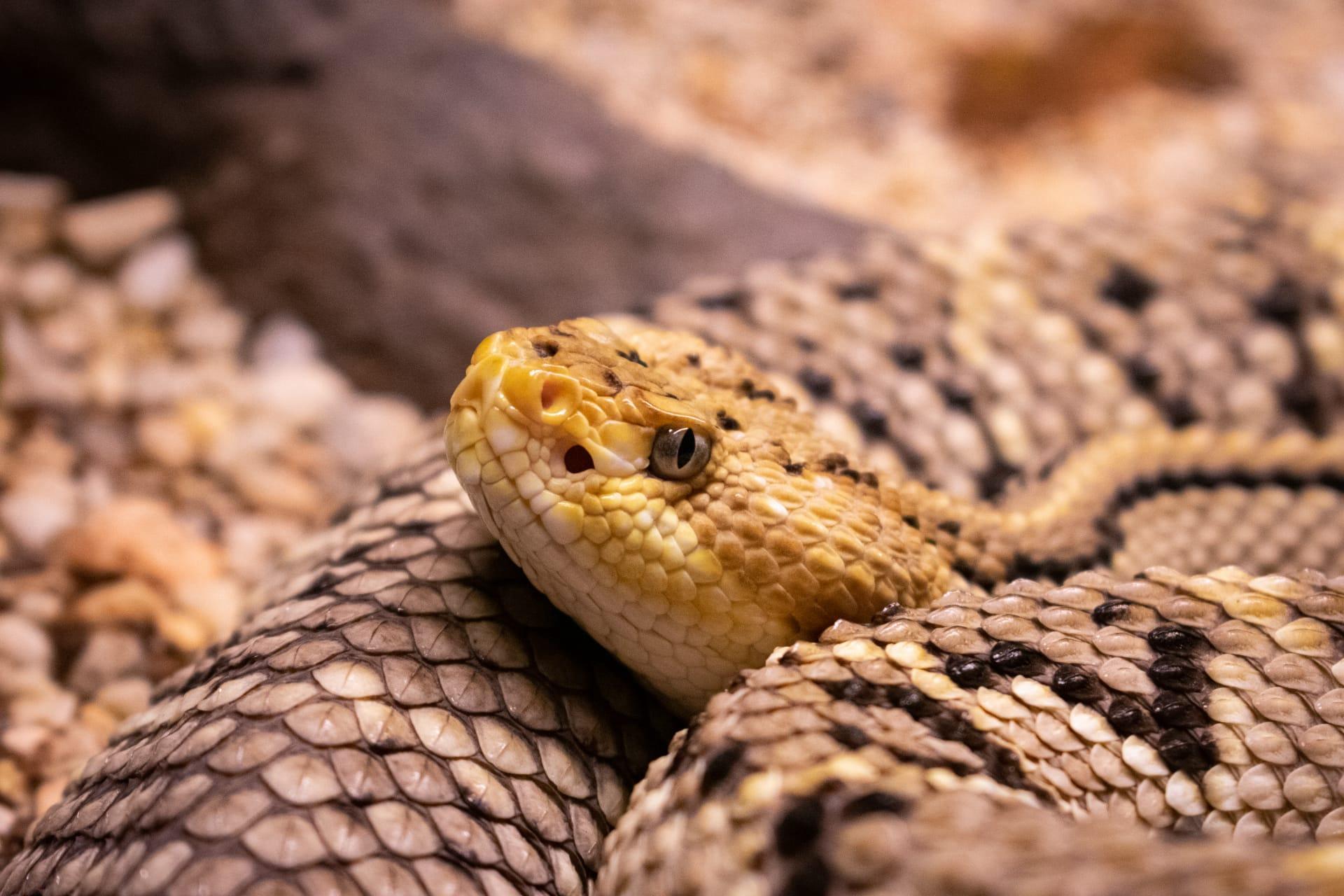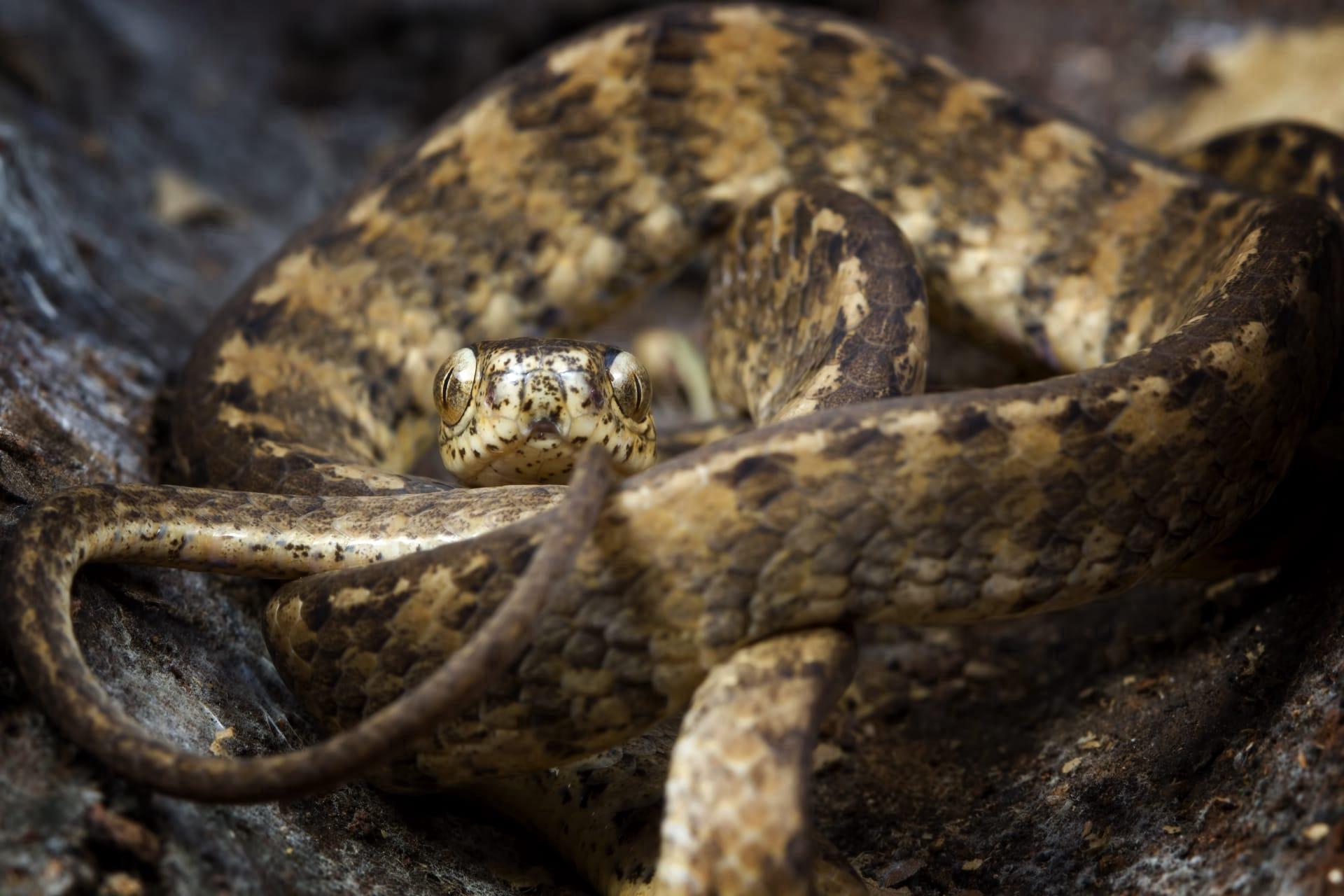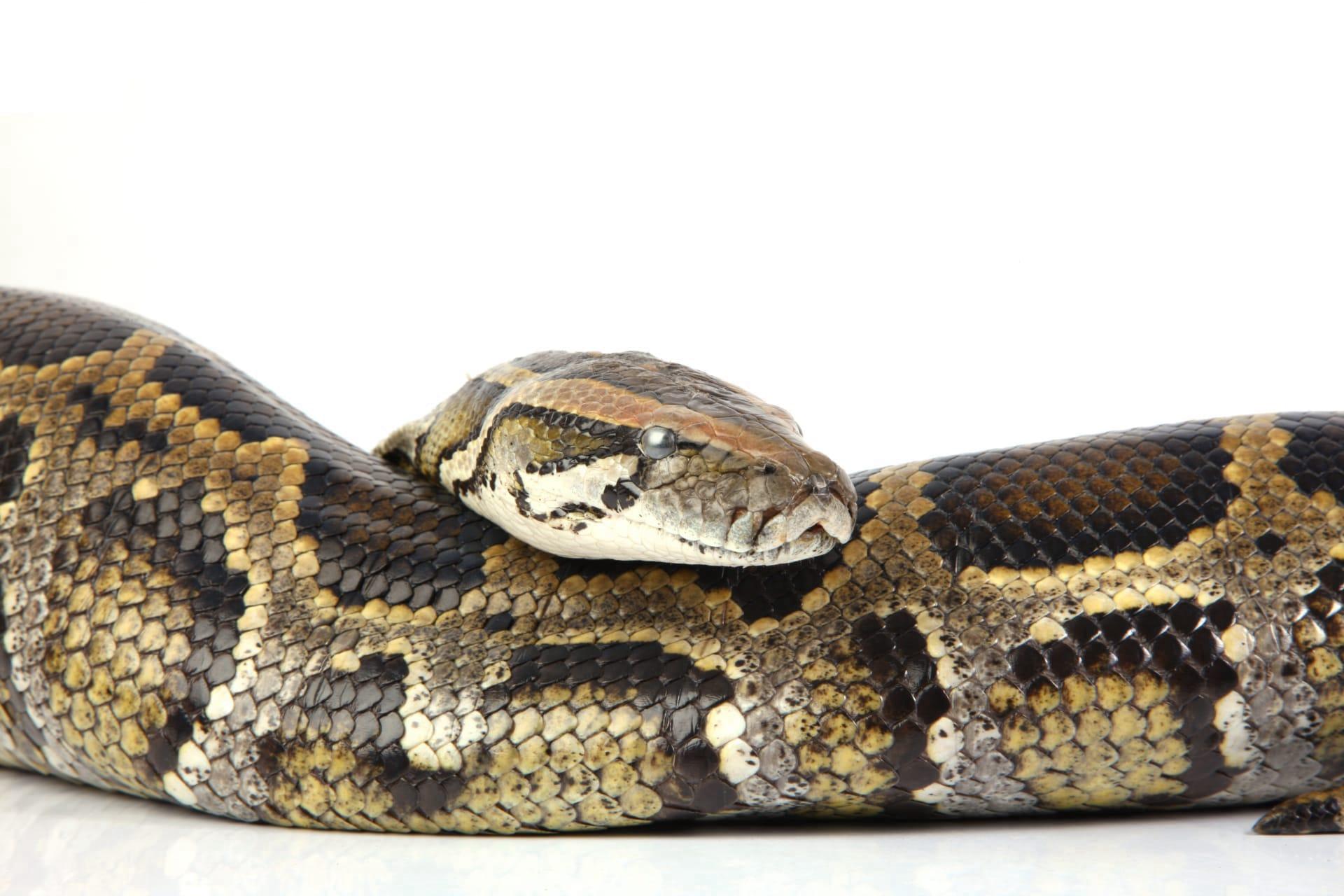1
Hognose snakes, known for their distinctive upturned snouts, use these unique noses for a fascinating purpose: digging in the soil. This isn't just any random digging; it's a strategic move to hunt their favorite prey, toads. These snakes have evolved a specialized diet, primarily feasting on amphibians. The snout's shape allows the hognose snake to burrow efficiently into the earth, giving it a tactical advantage over its prey. Interestingly, their diet of toads has led to an evolutionary arms race. Toads often puff up as a defense mechanism, but hognose snakes counter this by having a resistance to the toxins toads secrete, making them one of the few predators able to eat these amphibians regularly.
Hognose snakes are also famous for their dramatic defense mechanism. When threatened, they don't just slither away. Instead, they perform an elaborate display, hissing and spreading their necks like a cobra to appear larger and more intimidating. If this act fails to deter a predator, they take their performance to the next level by playing dead. They flip onto their back, open their mouth, let their tongue hang out, and emit a foul smell, mimicking a dead animal. This act is so convincing that they will even stay limp if picked up and remain in this state until they feel the threat has passed.

2
Another remarkable aspect of hognose snakes is their varied coloration and patterns, which serve as excellent camouflage. They exhibit a wide range of colors, including tan, brown, gray, and even olive green, often with darker splotches or bands. This color variation not only makes them fascinating to observe but also provides an adaptive advantage. It helps them blend into their natural habitats, which include sandy soils, forests, and fields, making it easier to ambush prey or hide from predators.
Interestingly, hognose snakes are one of the few snake species that exhibit 'thanatosis,' or playing dead, as a defense mechanism. When they play dead, they take it to an extreme. Not only do they flip onto their back, but they also let their tongue hang out and may even expel blood from their mouth to make the act more convincing. This behavior is so ingrained that even newborn hognose snakes will instinctively play dead when threatened, showcasing an innate survival tactic passed down through generations.

3
Hognose snakes have a unique way of dealing with prey. They possess rear fangs and a mild venom, which is not dangerous to humans but is effective in subduing their prey, particularly toads. This venom helps to immobilize the toads, making them easier to swallow. The rear placement of the fangs is unusual among venomous snakes and is an adaptation specifically suited to their feeding habits.
These snakes also exhibit an interesting breeding behavior. Hognose snakes are oviparous, meaning they lay eggs. The females lay clutches of up to 25 eggs, usually in sandy soil or under logs. What's fascinating is that the female doesn't exhibit any maternal care after laying her eggs. The eggs are left to incubate on their own, and the hatchlings are completely independent from birth, equipped with all the necessary instincts for survival, including their trademark defensive techniques.

4
Hognose snakes are not only terrestrial but also adept climbers and swimmers. While they primarily inhabit terrestrial environments, they are known to climb shrubs and small trees in search of prey or to escape predators. Additionally, they are capable swimmers, although they do not frequent water as much as some other snake species.
Regarding their lifespan, hognose snakes in the wild typically live around 12 to 15 years. However, in captivity, with proper care, they can live up to 18 years. This extended lifespan in captivity is primarily due to the absence of natural predators and access to consistent food and medical care. Hognose snakes have become increasingly popular in the pet trade due to their docile nature and unique behaviors.

5
One of the lesser-known facts about hognose snakes is their role in ecosystem balance. They help control the population of their prey, particularly toads and other small amphibians. By preying on these species, hognose snakes play a vital role in maintaining the ecological balance in their habitats. This predatory relationship highlights the importance of each species in an ecosystem.
Lastly, hognose snakes, particularly the Eastern hognose snake, are known for their theatrical hissing. This hissing is a defensive tactic, meant to scare off potential threats. It's not just a simple hiss; they often accompany it with a striking pose and a mock charge, adding to their dramatic defense strategy. Despite this display, they are generally not aggressive towards humans and will only resort to this behavior when they feel threatened or cornered.